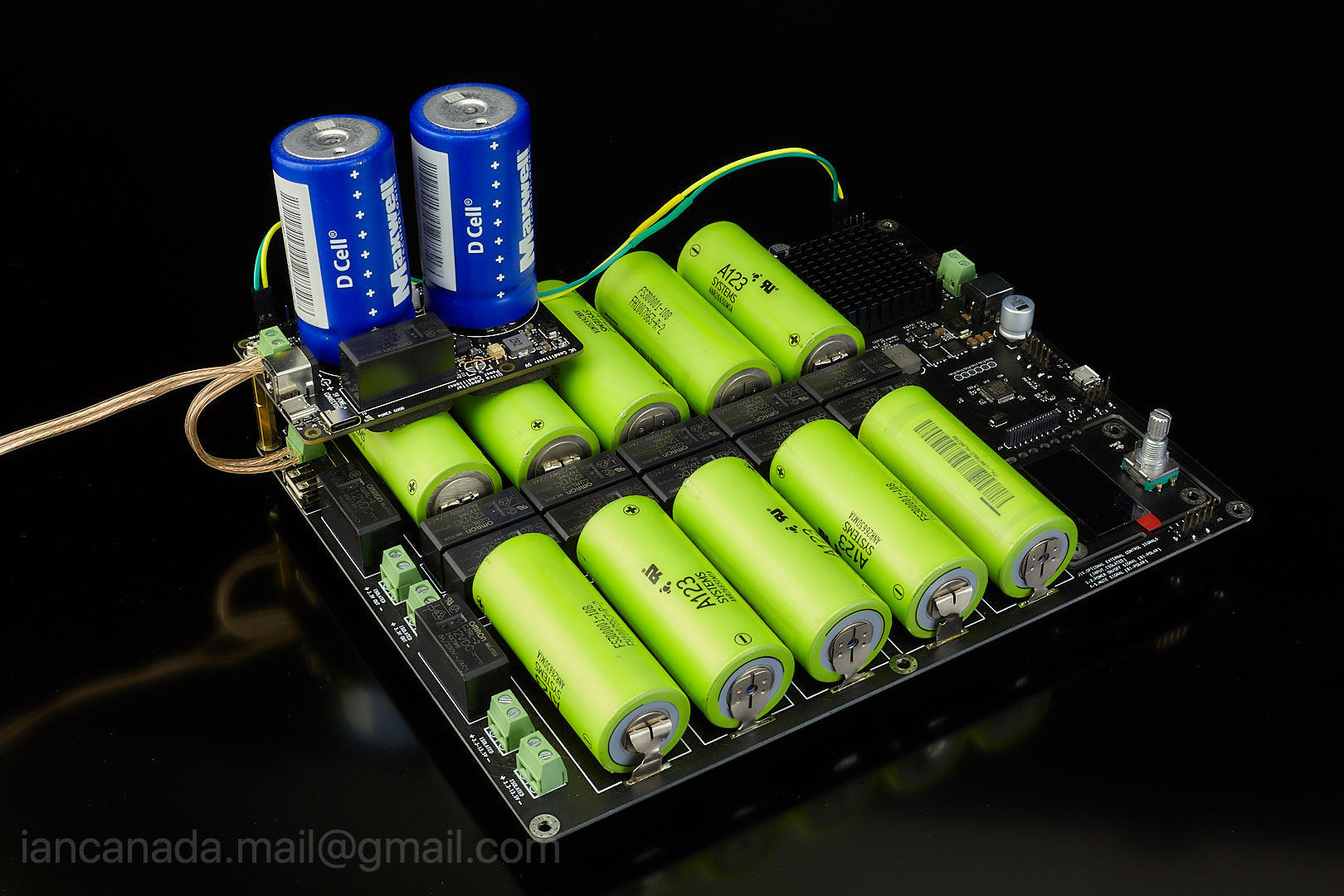

Next the guitar signal flows through both the R2 and R3 Grid Over the wire to make it clear they do not connect. Some schematics will show non-connecting cross wires make a "hop" Have a "connection dot" while wires that cross and do not connect do not Notice that in the schematic wires that cross and connect "Adjustable" is our typical pot or potentiometer. See that page for more detail on component functions. I'm not going to detail the function of these components here because I do that "1MEG." label means the value of the resistor is 1 megaohm (1 million ohms). The first thing the guitar signal encounters is the R1 Input resistor. Schematic so follow along as I trace the guitar signal through the schematic.Īfter entering the Input jack at the far left of the schematic The signal path is shown by the red line in the above That way I can focus on the most importantĬomponents that "voice" the amp such as the cathode resistors

I always start my schematic analysis by tracing the guitar The schematic so you can compare the layout It's much more difficult to figure out what's going on in the amp using a layoutĭiagram like this compared to using a schematic. Notice how convoluted the signal path is (shown with orange arrows) on this layout diagram.
#Bi polar caps in signal path full size
You can compare the layout and schematic.Ĭlick the image for the full size schematic. The component numbers match the layout below so V1A is one half of tube V1, V1B is the other half. Only 26 electronic components are needed to make a greatĮvery component's function is listed. The same triode amplifier circuit's layout diagram. Which means it has three electrodes: the grid, plate and cathode. TheĬoupling cap keeps the Plate's high voltage DC from flowing downstream butĪllows the guitar AC signal voltage to pass. Transforms the circuit from a current amplifier to a voltage amplifier. The Plate is charged with high voltage DC to pullĮlectrons from the cathode, through the grid to the Plate. The Grid is the "valve"Įlectrons through the tube. Tube's Cathode is the source of electrons. The optional Bypass capacitor boosts gain by acting as an electron reservoir. The Cathode resistor generates the bias voltage between the cathode and The optional Grid Stopper resistorįilters high frequencies above human hearing. The Grid Leak resistor bleeds off unwanted captured electrons (grid current) to Grid, then out the tube's Plate, through the Coupling capacitor and on to the In." The guitar signal flows through the Grid Stopper resistor to the tube's Guitar signal shown in pink enters the tube on the left at "AC Signal Will see again and again as you study tube amp schematics. Lets start by looking at the simple standard tube amplification circuit that you "Open image in new tab" or "Save image as" to make it easier to access while You can right-click this graphic and select We'll start with learning pretty much all the schematic symbols you'll needįor tube amps in this little schematic legend:Ĭommon amp component symbols. Use just one hand when working on a powered amp. Lethal shock can run between your arms through your heart. Never touch theĪmplifier chassis with one hand while probing with the other hand because a High voltage then have an amp technician service your amp. If you have not been trained to work with Tube amplifier chassis contains lethal high voltage even when unplugged-sometimes Once you can read the simple Champ schematic you'll be able to figure out Schematic and focus on one component at a time to keep from being overwhelmed. The key to learning to readĪmp schematics is to start small with the Fender 5F1 Champ amplifier Schematic than looking at its layout diagram. It's much easier to analyze an amp circuit by studying its To analyze classic amp circuits and learn how the masters of amp design voiced The sooner you learn to read amplifier schematics the sooner you'll be able


 0 kommentar(er)
0 kommentar(er)
